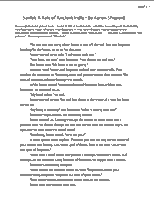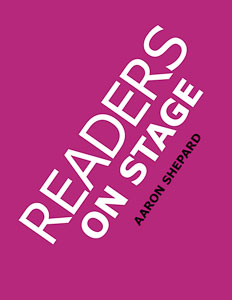RT Scripting Sheets
Don’t have time to create scripts for reader’s theater? You don’t have to! Your readers can do it for you! Here are some free printables—five worksheets from a set of 25 found in Aaron’s book Readers on Stage. Tips on using the worksheets are below.
About the RT Scripting Sheets
To use the sheets, first give your readers a few pointers about script roles and about cuts and changes. You’ll find those in my book Readers on Stage or my online guide RT Tips.
Next, have your readers join into teams of four, and of five if some are left over. Each team gets copies of one of the scripting sheets, with a copy for each reader. Then give these instructions:
Read through the story silently.
As a group, identify the roles in the story and divide them among you.
Go over the story together, deciding who will read what and also what to cut. On your own sheet, in pencil, cross out the cuts and underline your own speeches. [They don’t need to mark the speeches of others—but if they want to anyway, they can put a circled name, initial, or number above where each reader will start.]
Try out your script by reading together. Go back and change it as needed.
In fifteen or twenty minutes, each group will have a script it can read to the others!
After practicing with these story excerpts, your readers can try short, complete pieces, like fables, that might even be performed for outside audiences. Arnold Lobel’s book Fables is excellent for this. Longer pieces can also be scripted this way.
—Aaron
|
Read the book!
Readers on Stage
|

